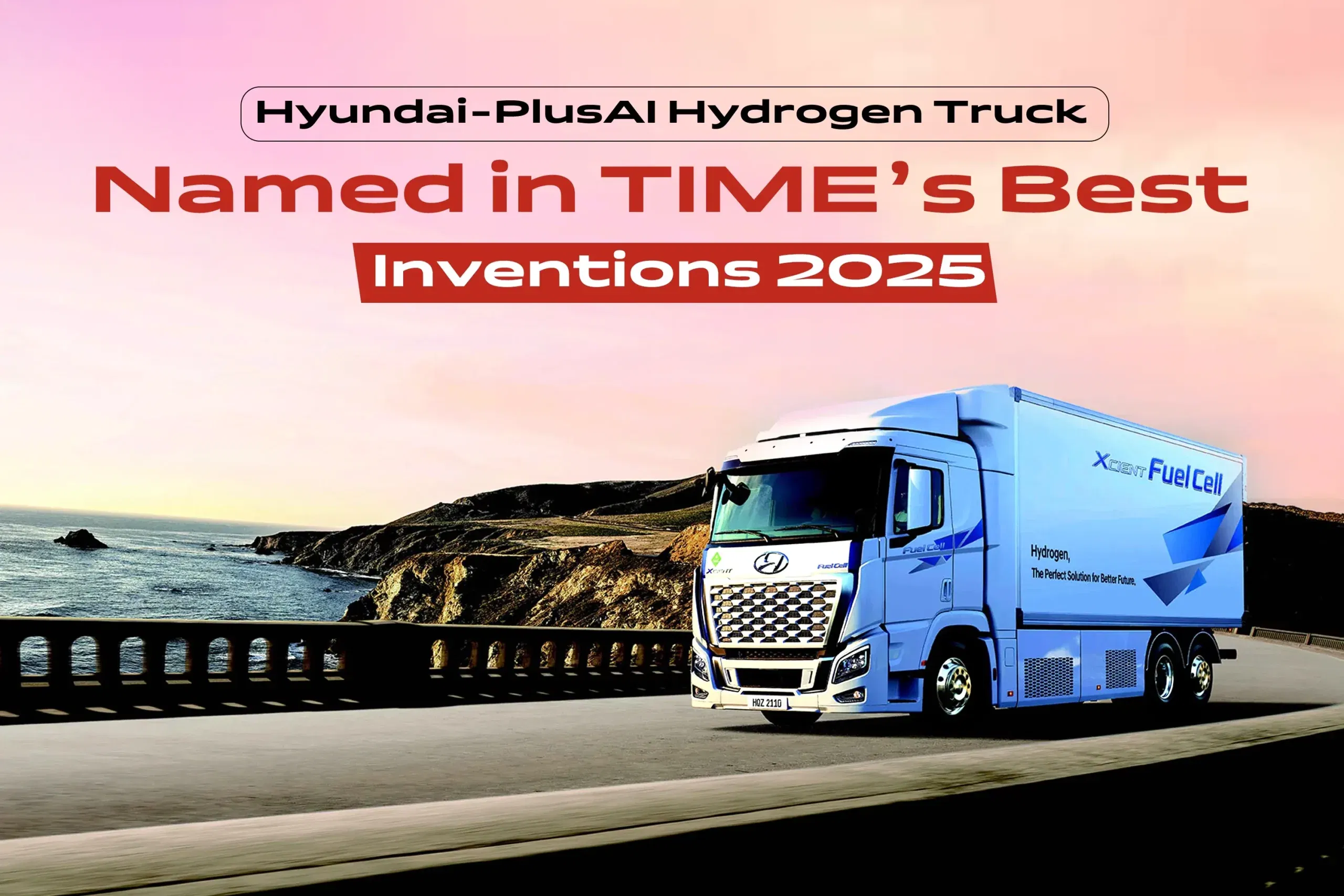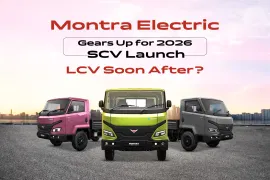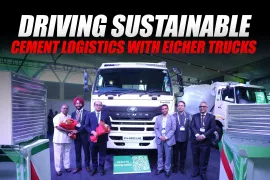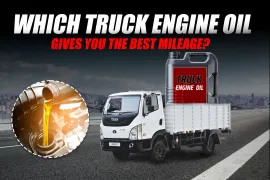TIME magazine included the Hydrogen Fuel Cell XCIENT, developed by Hyundai Motor Company in cooperation with PlusAI in its “Best Inventions 2025” list under the category “Transportation.” That selection underlined a shift in how zero-emission freight technologies and autonomous driving systems are converging within long-haul logistics.
Hyundai has been testing its XCIENT Fuel Cell platform in various locations, while the autonomous version uses Level-4 self-driving software developed by PlusAI, an American self-driving company, to create a truck designed for long-haul logistics with lower emissions and a lighter workload on the driver. The truck utilizes a hydrogen fuel cell system that converts hydrogen stored on board into electricity, creating quiet operation without emissions from the tailpipe. This combination may offer a new platform for logistics when hydrogen infrastructure is available, providing an alternative to diesel trucks. He intends to utilize hydrogen as an energy source to operate the platform.
This recognition by TIME does not mean commercial readiness but instead is a signal of the editor’s judgment of technologies that could affect the future of mobility. Their list typically considers originality, impact potential and expected influence on broader industries. In this case, the autonomous hydrogen truck represents a meeting of two trends: decarbonized heavy transport and the gradual automation of freight movement.

This collaboration by Hyundai Motor and PlusAI is targeted at refining vehicle-based sensors, enhancing software reliability and studying real-world driving behaviors. The field tests conducted in the United States evaluated the truck's handling of long-distance routes, highway merges, lane changes and predictable stop-and-go environments. These tests also allow the partners to investigate how hydrogen fuel cells function under different loads, weather conditions and terrain over long distances. Data from these pilots assist in further adjustments to energy efficiency, drivetrain performance and autonomy modules.
Hydrogen infrastructure is still being developed, but Hyundai is still searching for areas that early freight corridors may provide an opportunity to use hydrogen. PlusAI is studying the application of advanced driver-assistance functions to address operational fatigue and improve route consistency. The partnership allows both companies to explore how autonomous driving and fuel-cell propulsion will work together, two technologies that are complicated in their own rights and need to be developed in harmony.
The inclusion of the truck by TIME offers visibility to an ongoing experiment, not a finished solution. Heavy-duty trucking remains, due to energy demand, one of the more challenging segments to decarbonize and the addition of autonomous systems adds another layer in the examination by regulators, fleet operators and logistics planners. The XCIENT project illustrates how global manufacturers and technology firms are testing combinations of propulsion and automation in order to ascertain which configurations hold practical value in long-haul transport.
The Hyundai PlusAI truck's inclusion on the Best Inventions 2025 list indicates that it's part of a broader dialogue concerning the ways freight mobility may change in the future. It marks another moment when critical re-evaluations of heavy-duty transport are taking place in the areas of energy transition, safety and efficiency, although there is much work to be done before options such as autonomous hydrogen trucks see greater adoption on commercially operated routes.
For more articles and news, stay updated with 91trucks. Subscribe to our YouTube channel and follow us on Facebook, Instagram and LinkedIn for the latest videos and updates from the automotive world!
Also Read:
Trucking in Northeast India: Why Isn’t It Like the Rest of the Country?
Indian Truck Operators Open to EV Transition, But Challenges Remain: New Report
Web Stories
Latest Trucks News
Categories
91trucks is a rapidly growing digital platform that offers the latest updates and comprehensive information about the commercial vehicle industry.









